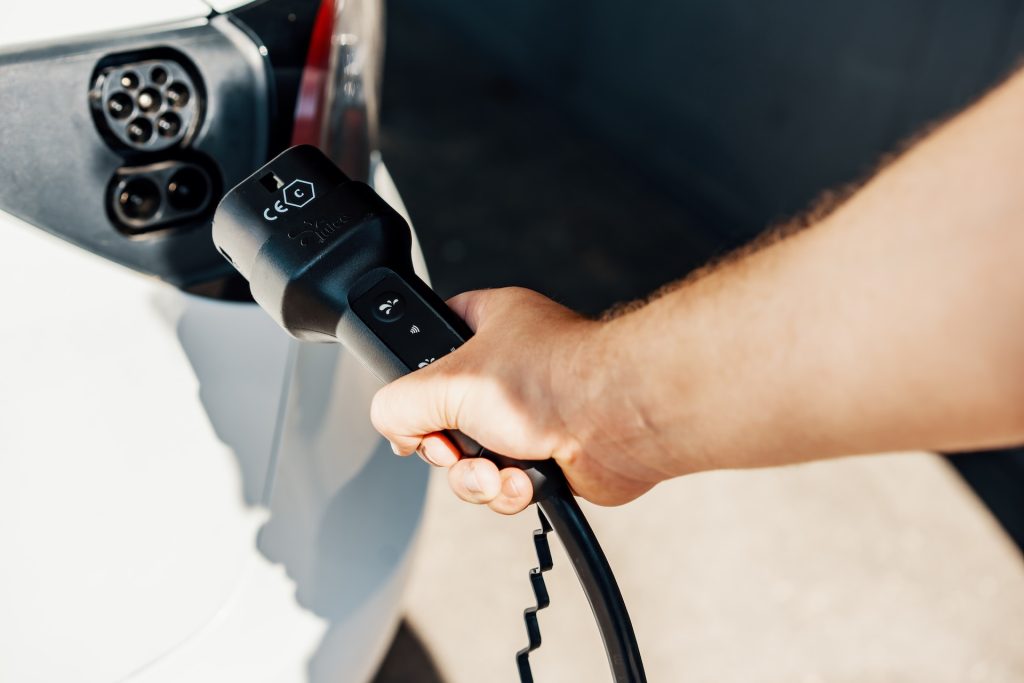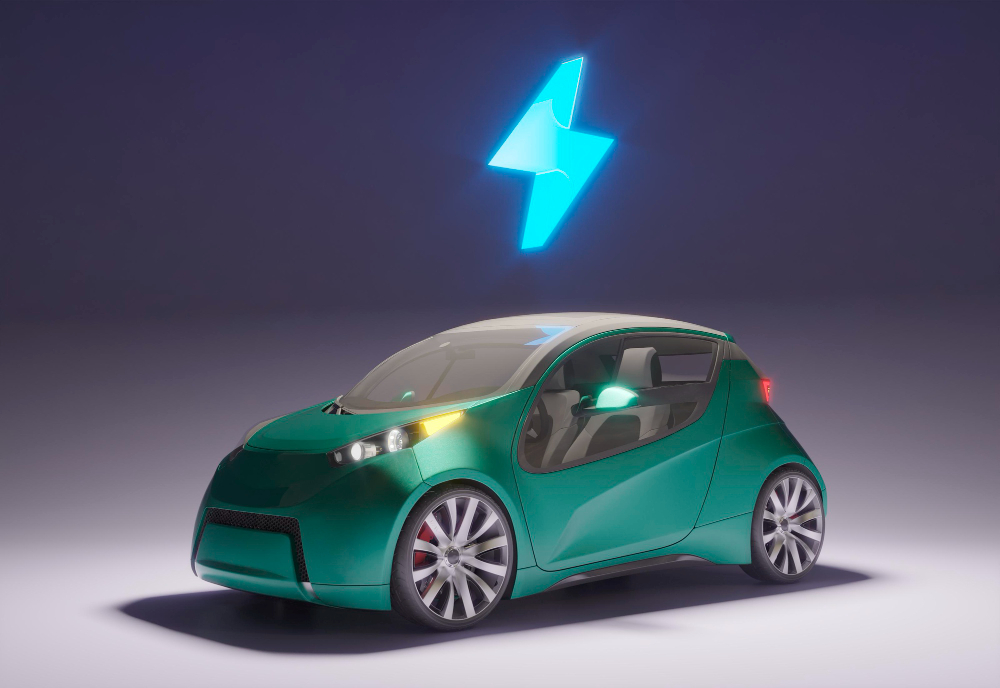Electric vehicles (EVs), and the way these cars perform in different weather conditions, especially during winter, is a critical area of study. Renowned for their silent running and emission-free nature, electric vehicles are a symbol of modern innovation. However, it’s vital to examine their resilience in the face of winter’s challenges.
know How EVs behave in cold weather, with a particular focus on the impact of low temperatures on battery efficiency and the overall performance of the vehicle. here you know the insights for potential EV buyers, current owners, or anyone interested in understanding the capabilities of these vehicles in low-temperature conditions.
What are Electric Vehicles?
Electric vehicles (EVs) are at the forefront of a transportation revolution, providing a cleaner, more sustainable alternative to traditional gasoline-powered cars. These vehicles are powered by electric motors, which draw energy from rechargeable batteries. This shift from fossil fuels to electricity not only reduces our reliance on oil but also significantly lowers carbon emissions, aiding in environmental conservation efforts.
EVs stand out for their quiet operation and instant acceleration, offering a smooth and enjoyable driving experience. The range of electric vehicles includes entirely battery-powered models and plug-in hybrids, which combine electric propulsion with a conventional engine.
With advancements in battery technology leading to longer ranges and faster charging times, EVs are becoming increasingly practical for everyday use. Supported by government incentives and the growth of charging networks, electric vehicles are quickly becoming a major part of the global movement towards sustainable transportation.
Impacts of EV Performance in cold climate

1. Battery Range Reduction
In cold weather, the chemical processes within electric vehicle batteries slow down, leading to a notable decrease in driving range. This is because low temperatures affect the battery’s efficiency, requiring more frequent charging stops during long journeys.
2. Extended Charging Duration
Charging an EV in cold conditions often takes longer than usual. The cold affects the battery’s ability to absorb power swiftly, meaning that it requires more time to fully charge, potentially altering travel plans or daily routines.
3. Inefficient Regenerative Braking
Regenerative braking, a key feature in EVs that recovers energy during braking, becomes less effective in the cold. The battery’s reduced ability to accept rapid charge affects this system, diminishing its energy-recapturing efficiency and overall vehicle range.
4. Higher Energy Use for Cabin Heating
Keeping warm inside an EV during winter consumes extra energy. The heating systems draw power directly from the vehicle’s battery, which can significantly reduce the distance you can travel on a single charge.
5. Tire Performance Issues
Cold weather can lead to lower tire pressure and reduced traction, impacting not just the driving experience but also the vehicle’s energy efficiency. Proper tire maintenance becomes crucial in maintaining the optimal performance of the EV in cold climates.
6. Fluid Viscosity Changes
The cold can thicken the lubricants used in EVs, increasing resistance in moving parts. This heightened resistance means the vehicle has to work harder, thereby reducing overall efficiency and battery range.
7. Sluggish Battery Management Systems
The systems responsible for monitoring and optimizing battery health in EVs may operate slower in cold temperatures. This can affect how effectively the vehicle manages its battery usage and longevity.
8. Extra Power for Vehicle Accessories
Using additional features like windshield defrosters and seat heaters in winter draws more power from the EV’s battery. This increased consumption can substantially reduce the available driving range.
9. Risk of Condensation and Frost
Cold weather can lead to condensation or frost formation in the battery system or on electrical components. This not only impacts performance but can also pose safety risks, making it important to store and use EVs in well-maintained environments.
10. Thermal Management Challenges
EVs come with thermal management systems to keep batteries at optimal temperatures. However, in extremely cold conditions, these systems can struggle to maintain efficiency, affecting both the battery life and overall vehicle performance.
Tips for Maintaining and Caring for Electric Vehicles (EVs) in cold weather

1. Maintain a Consistent Charge
In cold weather, it’s crucial to manage your EV’s battery charge carefully. Keeping the battery level between 20% and 80% is recommended for optimal health. This range is particularly effective in cold conditions, as it prevents the stress that extreme temperatures can put on the battery, ensuring longer life and better performance.
2. Use Eco Mode
Many electric vehicles come with an ‘Eco Mode’ feature. Activating this mode during cold weather can significantly improve your EV’s energy efficiency. Eco Mode adjusts various systems of the car, such as acceleration and air conditioning, to minimize battery drain, helping you conserve power and extend your driving range, even in chilly conditions.
3. Regular Software Updates
Keeping your EV’s software up to date is akin to getting a regular check-up. Manufacturers frequently release updates that enhance the vehicle’s battery management system and overall efficiency. This is especially important in adapting to different weather conditions, as updated software can optimize battery performance and health, ensuring your vehicle runs smoothly in varying temperatures.
4. Avoid Frequent Short Trips
In cold weather, short trips can be particularly taxing on your EV’s battery. Each start-up in cold conditions requires significant energy to warm up the battery, leading to inefficiency. Planning your trips to consolidate errands into longer, less frequent drives can help maintain your battery’s charge and efficiency, making the most of each journey.
5. Properly Insulate Your Garage
Parking your EV in a well-insulated garage can make a substantial difference in maintaining battery health during cold weather. A garage that keeps out the severe cold can prevent your EV’s battery from losing charge too quickly. The warmer environment helps in reducing the energy required to heat the battery and the cabin, ensuring better performance and longevity of the battery.
6. Precondition the Battery
Preconditioning your EV’s battery by plugging it in before use is a smart way to enhance its performance in cold weather. This process warms up the battery, optimizing its efficiency and performance. It’s like giving your car a warm cup of coffee in the morning, ensuring it starts smoothly and runs efficiently, even on the coldest days.
7. Use a Garage
Keeping your electric vehicle in a garage, especially during chilly nights, acts like a cozy blanket for its battery. The garage shields the battery from the harsh cold, maintaining a more stable temperature. This stable environment helps the battery to function more efficiently, preserving its charge and health over time.
8. Regularly Check Tire Pressure
Cold weather can be tough on your EV’s tires, often leading to decreased tire pressure. Regular checks and maintenance of the correct tire pressure are essential for optimal performance. Properly inflated tires ensure better traction, improved range, and overall safety, making your winter drives smoother and more efficient.
9. Limit High Power Demand
Driving fast and accelerating quickly in cold weather can be a major drain on your EV’s battery. By avoiding these high-power-demand actions, you can conserve battery life. It’s like easing off the gas pedal in a traditional car; gentle driving helps your EV’s battery last longer, especially when the temperature drops.
10. Optimize Cabin Heating
Instead of cranking up the cabin heater, which can quickly drain your battery, try using seat heaters or steering wheel heaters. These alternatives use far less energy, keeping you warm without significantly impacting your EV’s range. Additionally, pre-heating your car while it’s still charging can save battery power, ensuring a warm and efficient journey.
Conclusion
Understanding the effects of cold weather on electric vehicles is important, whether you already own one or are thinking about getting one. Yes, cold temperatures bring their own set of challenges, but if you keep up with the right maintenance and stay updated with the latest tech improvements, electric vehicles can be a great choice no matter the weather. This means they’re still a practical option even when it gets chilly outside.

